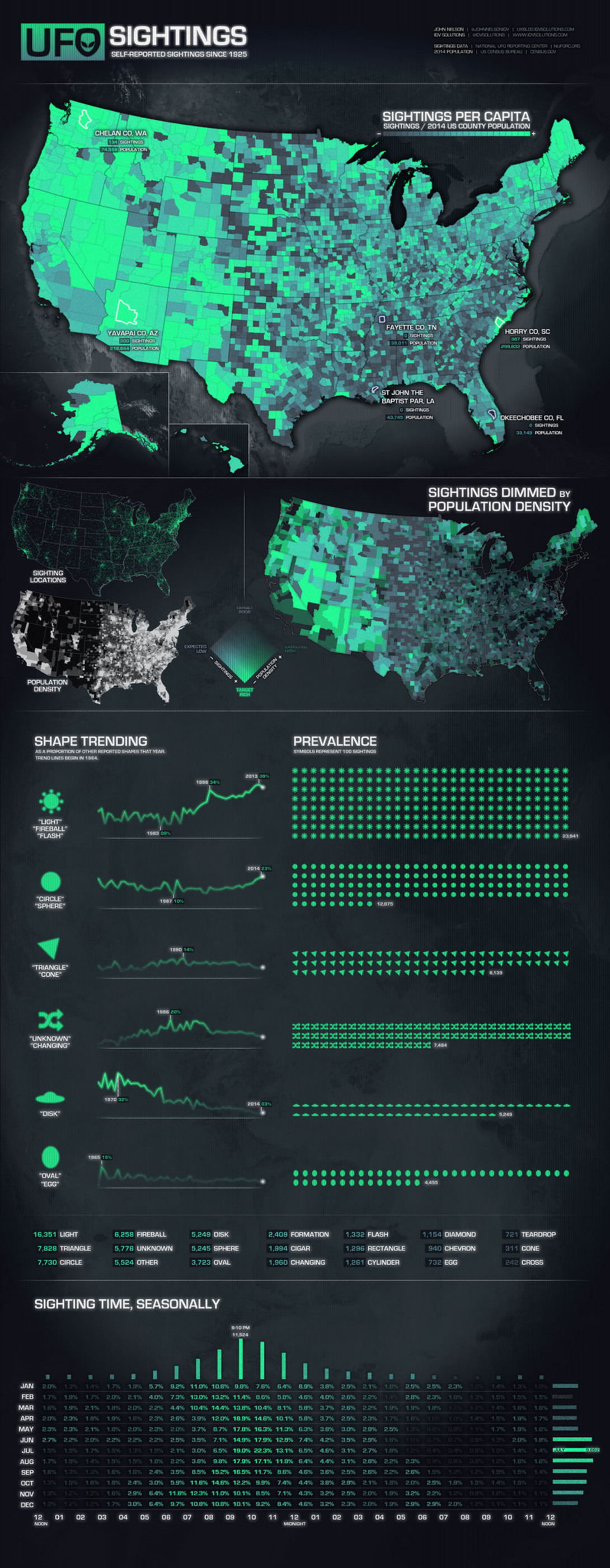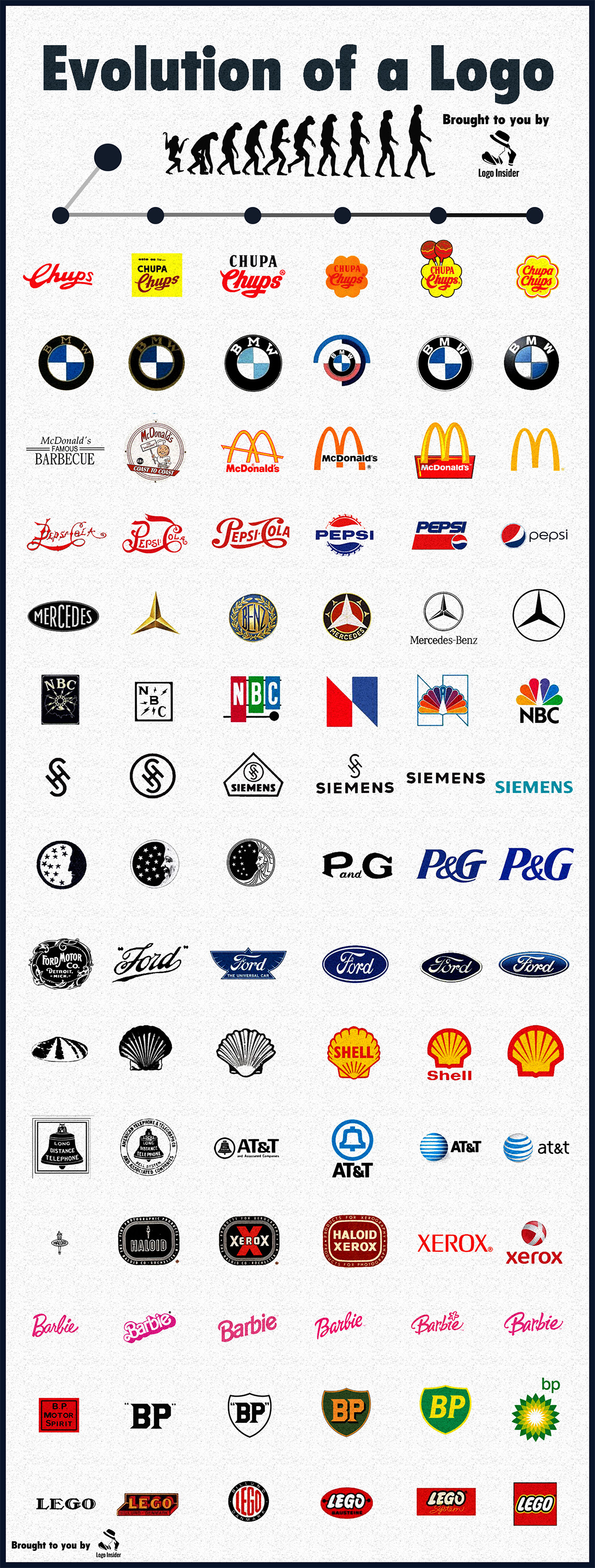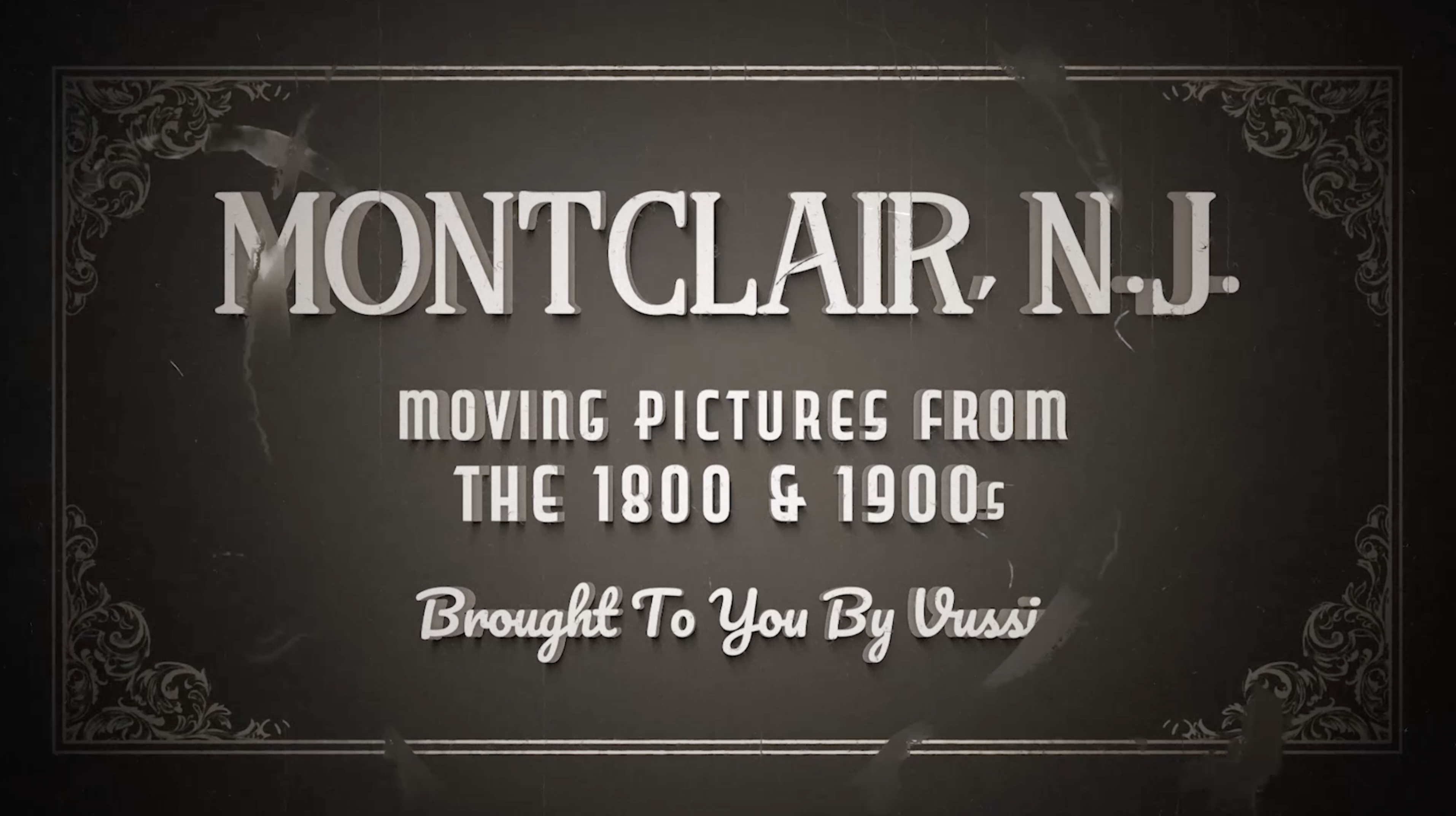The Media Monopoly: How Six Corporations Control the Information You Consume
We live in a time when there is never-ending access to information. One might think that with all this access, the voices and perspectives that media presents are multiplying. But if you look closely at the media landscape, what you see is pretty sobering: Most of the content you watch, read, or listen to is practically in the same family. These media giants not only control the appearance and disappearance of voices in public. They also very much set the terms of what gets appeared and disappeared. This concentration of power leads to a homogenization of viewpoints, often sidelining diverse or dissenting narratives. The recent revelations from the Twitter Files experiment on platform governance highlight how algorithms and corporate interests shape public discourse, further illustrating the challenges of representation in a landscape dictated by a few. As a result, the illusion of choice in the information we consume can diminish our ability to engage with a truly pluralistic society.
The Power Players
The above infographic dissects the power of influence wielded by six behemoth corporations—Comcast, Disney, Time Warner (now Warner Bros. Discovery), News Corp, Sony, and National Amusements (parent company of CBS and Viacom). These conglomerates together control an astounding share of the television network, film studio, and publishing house businesses, as well as of the digital platforms where consumers now spend more time than ever. Let’s look at the companies from which we supposedly have the freedom to choose.
1. Comcast
At the helm of the world’s largest media conglomerate, with assets valued at a phenomenal $148.2 billion, is Brian L. Roberts. Comcast’s portfolio includes:
- NBC
- Universal Pictures
- MSNBC
- CNBC
- Telemundo
- An armada of cable networks
With ownership of digital platforms, like Peacock, that continue to specialize in “over the top” (OTT) content, and with a referred-to-n as a “leading traditional player,” Comcast has a foot in both the digital and old-style worlds of media.
2. Disney
Often referred to as the “House of Mouse,” Disney is much more than animated figures and theme parks. Under Bob Iger, its CEO, Disney’s empire stretches from ABC to ESPN, from Marvel to Lucasfilm (Star Wars), from Pixar to 20th Century Studios. It’s also the driving force behind the streaming colossus Disney+, which has become a linchpin in the company’s go-go growth strategy. With a portfolio of assets that might be worth as much as $80 billion (some put the figure as high as $88.1 billion), Disney is a cultural colossus.
3. Warner Bros. Discovery
This conglomerate, under CEO David Zaslav, owns Warner Bros. Pictures, HBO, CNN, DC Entertainment, and a variety of other cable channels, like TNT and TBS. Its merger with Discovery added to its capabilities in unscripted content, with channels like Discovery, the Food Network, and Animal Planet now part of its portfolio.
4. News Corp
A sizable segment of the world’s news media is under the control of Rupert Murdoch’s News Corp. Among its holdings are The Wall Street Journal and New York Post, as well as UK-based outlets like The Times and The Sun. Although Disney acquired 21st Century Fox, the other major company associated with Murdoch, News Corp remains a potent force in the formation of political and social discourse.
5. Sony
Though best known for its gaming and tech products, Sony packs a powerful punch in media. It is a top-tier producer of films and TV shows via Sony Pictures. Its music division, sporting such labels as Columbia and RCA Records, reigns over global music charts. And Sony assembles all its media influence into a potent weapon of mass distraction, thanks to its indispensable integration of entertainment and technology.
6. National Amusements (CBS and Viacom)
National Amusements, a Redstone family company, controls CBS, Paramount Pictures, MTV, Nickelodeon, BET, and the streaming service Paramount+. With assets of $34.3 billion, it commands a diverse array of content, appealing to multiple demographics and formats.
The Illusion of Choice
This infographic’s most arresting element is the illusion of choice. When you tune into a superhero movie, the evening news, or the latest “don’t miss” content on a streaming service, you’re almost certainly consuming something that’s been created or distributed by one of these half-dozen corporations. They have considerable say-so over what it is that gets talked up (or talked down) and have even more say-so over how well (or how poorly) something does in the talk-up (or talk-down) department.
The concentrated ownership of media companies creates vital problems associated with bias, diversity of thought, and accountability. When a handful of corporations controls a significant portion of media, the potential for narrative uniformity and censorship grows. It also spotlights the independent artists and creators working against that media landscape, the smaller companies that try to exist and thrive in a space dominated by major corporate players. This environment fosters a competitive atmosphere where independent voices often struggle to be heard, overshadowed by the media monopoly giants in control. As alternative perspectives are marginalized, the public’s access to a broad spectrum of ideas and narratives diminishes, leading to a homogenized information landscape. The challenge then becomes finding ways to support and amplify these independent creators, as they are essential for a truly democratic discourse that values diversity of thought and representation. This situation not only stifles diverse perspectives but also hampers innovation within the industry, as small voices struggle to break through the noise of the mainstream. The unseen media monopoly exerts a powerful influence over public opinion, shaping societal norms and values in ways that often go unnoticed. As a result, it becomes increasingly important for consumers to seek out alternative sources and support independent creators who are challenging the status quo.
Why It Matters
Culture isn’t just reflected in the media; it’s also molded by it. These corporations serve as gatekeepers, deciding which ideas become part of the mainstream and which are shoved into the margins. In an era when media consumption is carried out with a trust-then-orbs kind of approach, understanding who serves as gatekeepers and who even gets to become part of the media in the first place is vital.
So, what can you do? Pay attention to the provenance of your information. Solicit a multitude of perspectives, back independent outlets, and really think through the stuff you digest. Because even though these half-dozen corporations may have a stranglehold on the “content” my generation consumes, the responsibility for figuring out what’s true and what’s not rests with us.








